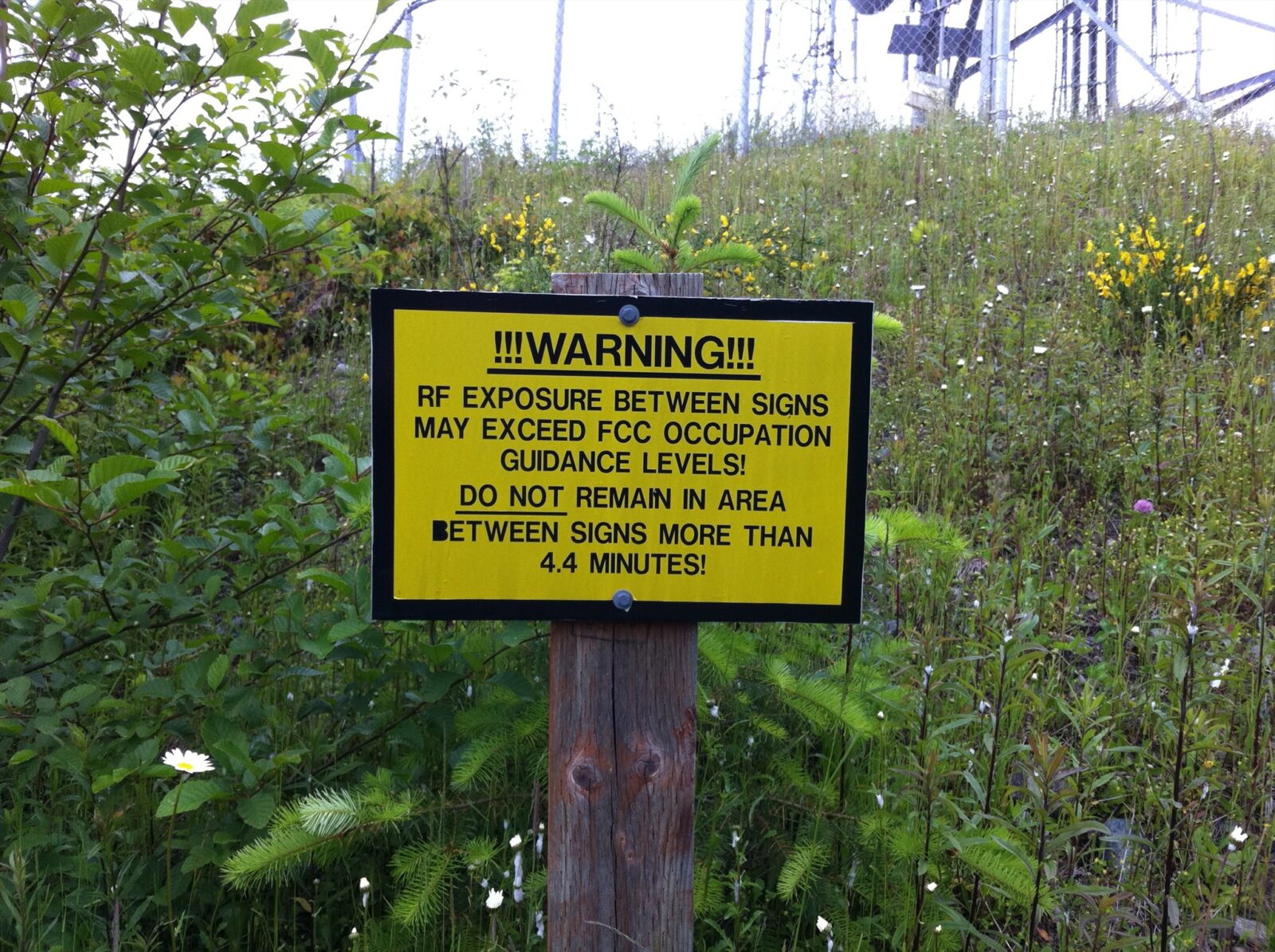In geocaching, there are a lot of “challenges” published, where in addition to signing the log, you have an alternative logging requirement (“ALR”) to perform some feat. These can be as simple as “find 10 mystery caches” or “find a cache for every letter in the alphabet,” or more complicated. In my 15 years, I’ve done a lot of these, and some of my favorites:
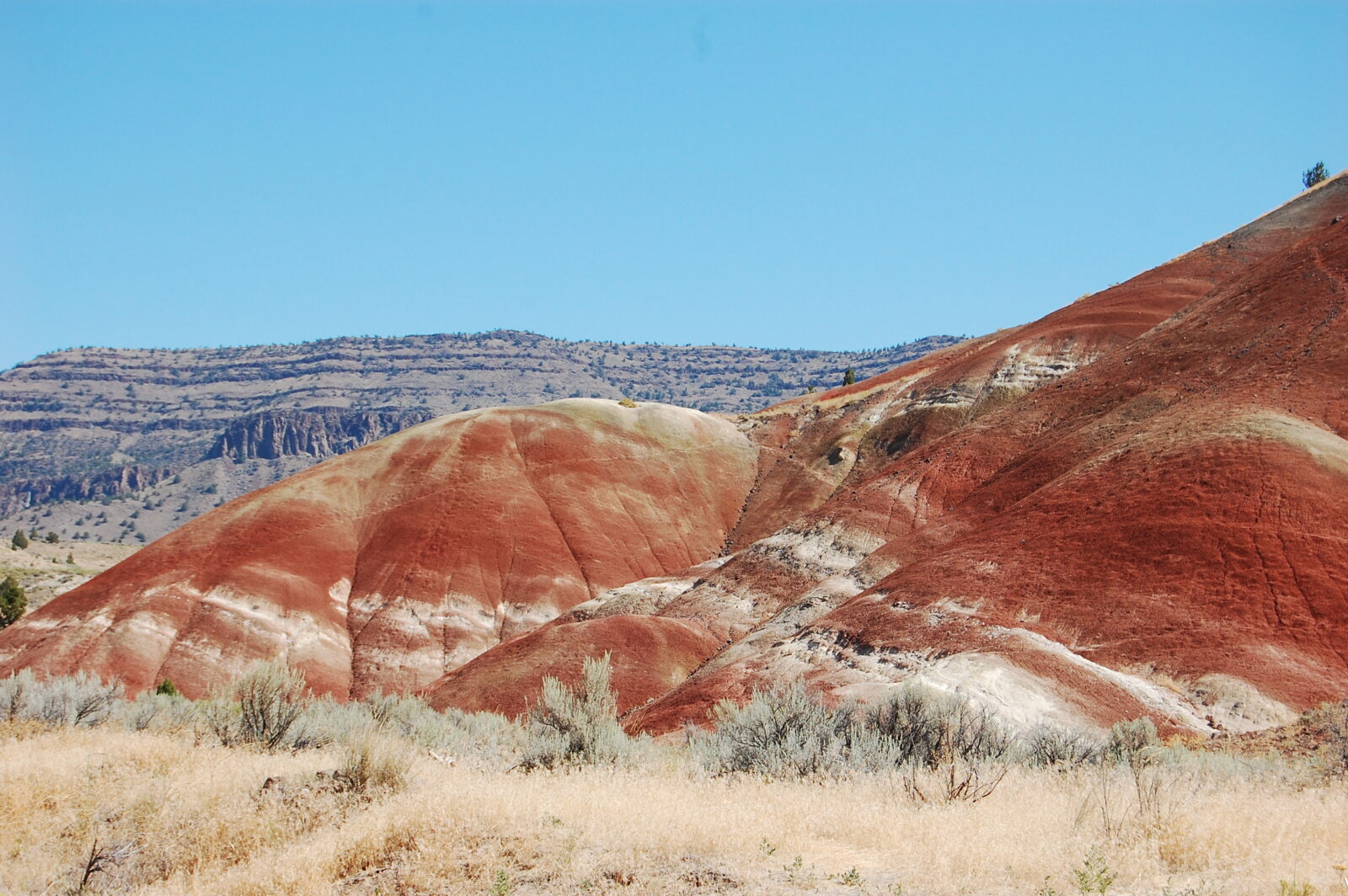
Bellevue Blackout Challenge (which I have since “adopted” as its original owner moved) — At one time, find all of the geocaches within the city of Bellevue limits. This came very early in my geocaching. When I was biking to work in Bellevue, and I’d alter my route to keep the commute interesting and find new caches, unsuspectingly making progress towards this goal. Ultimately, I met some other folks working on this, and we teamed up to tackle some of the harder puzzle caches and multicaches. (Worst multi had 13 stages, where the even-numbered ones had some maintenance issue. One of my friends knew someone who found them, and we had our “Phone a Friend.”) There were also paddle caches, where one needed watercraft (or swimming) to reach. By the time I was done, I had found 218.
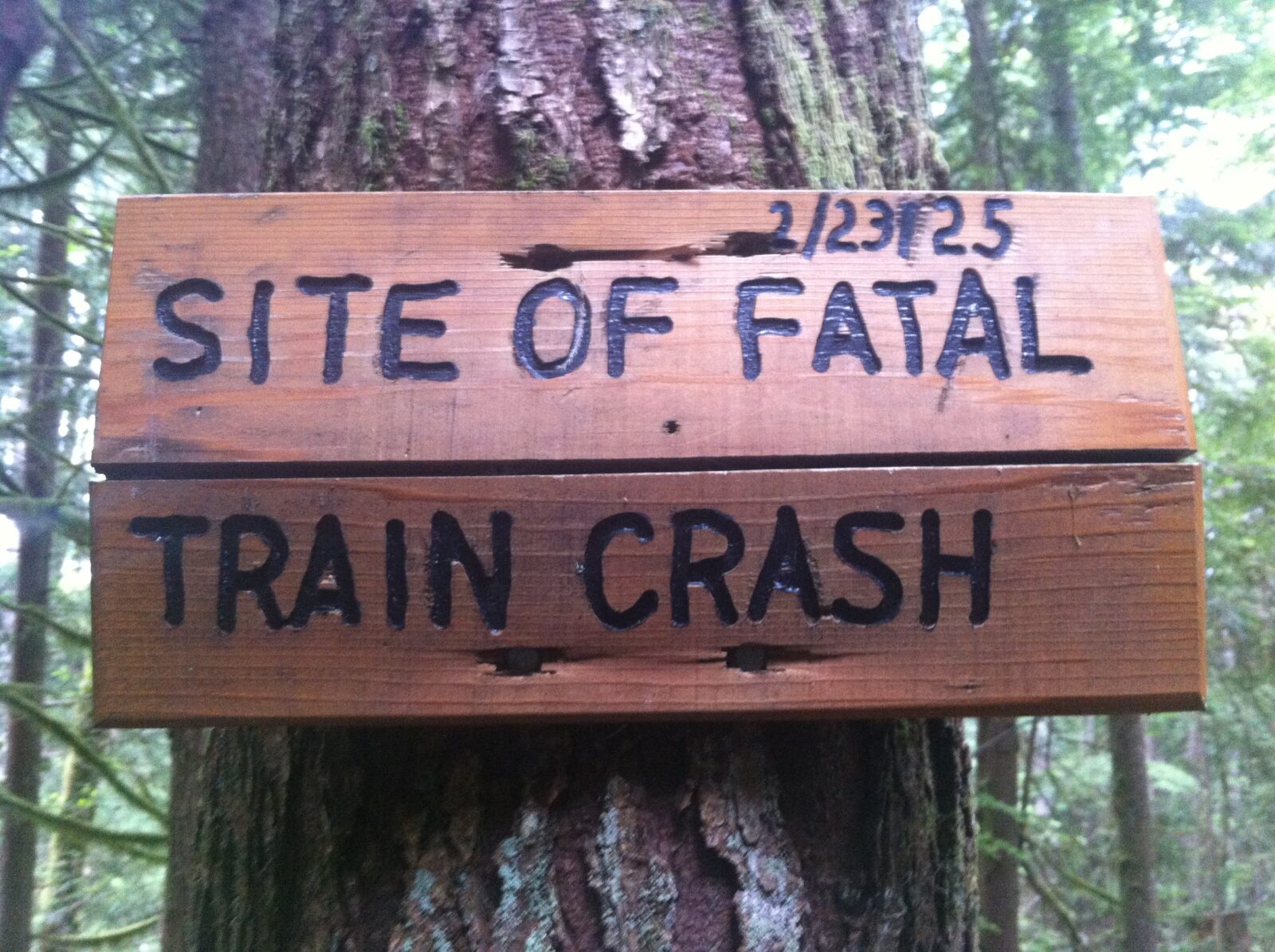
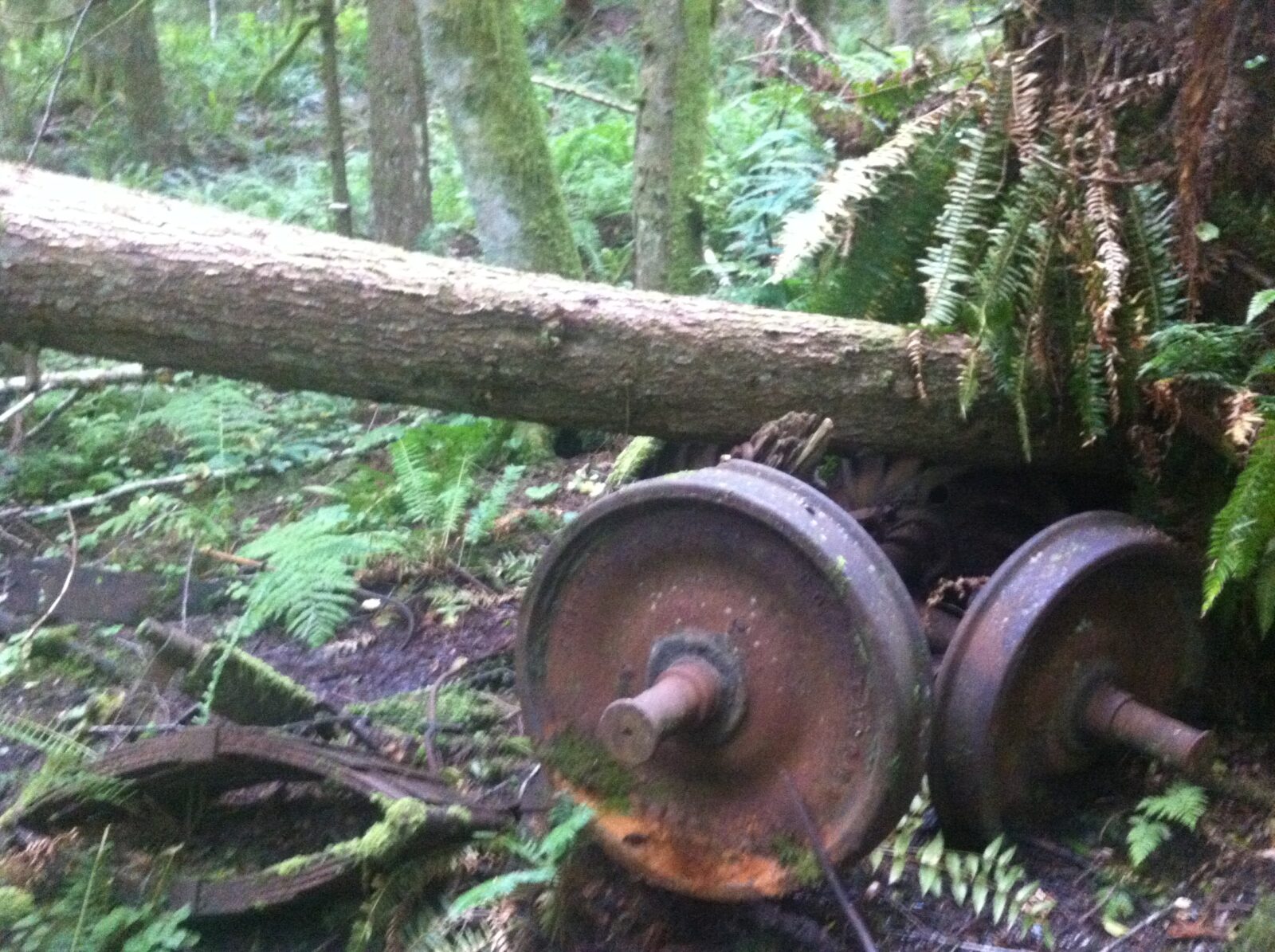
Tiger Mountain Blackout. This is a local mountain that I started doing with friends I met during the Bellevue Blackout. Whenver all three of us were available, we’d try knocking off caches along this way. There were several days where we’d park cars at opposite ends of a trail-head and do a walk-through. All told, 42 trips, 135 finds, an estimated 204 miles of hiking. Highest elevation was nearly 3,000′. I got to see old mines, a railroad wreck, views from clear-cut, and study animal poop for clues to a puzzle.
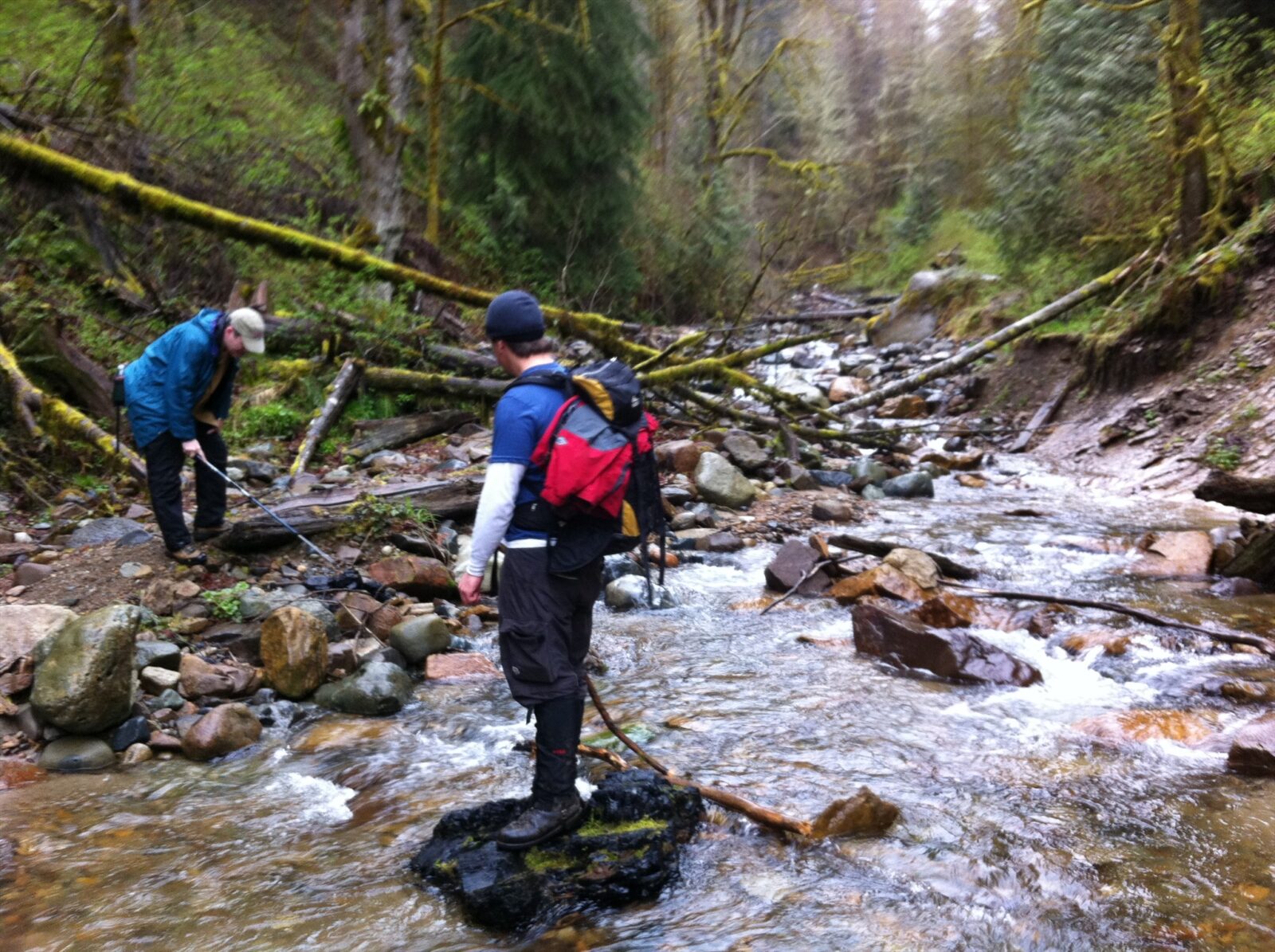
50,000 Feet Elevation Challenge, where one needed to accumulate 50,000′ elevation gain on hiking caches. This was in my “better shape days,” and was a pretty hearty effort. Another cacher and I had penciled in finding this together on a 14-hour epic hike in a mountainous area that included thunderstorm (! in this area !) and serendipitous finding a trail maintenance shelter, nighttime visit to a waterfall, and talking ourselves out of doing “one more cache” that would have been pretty dangerous (though we did return a few weeks later, fresher).
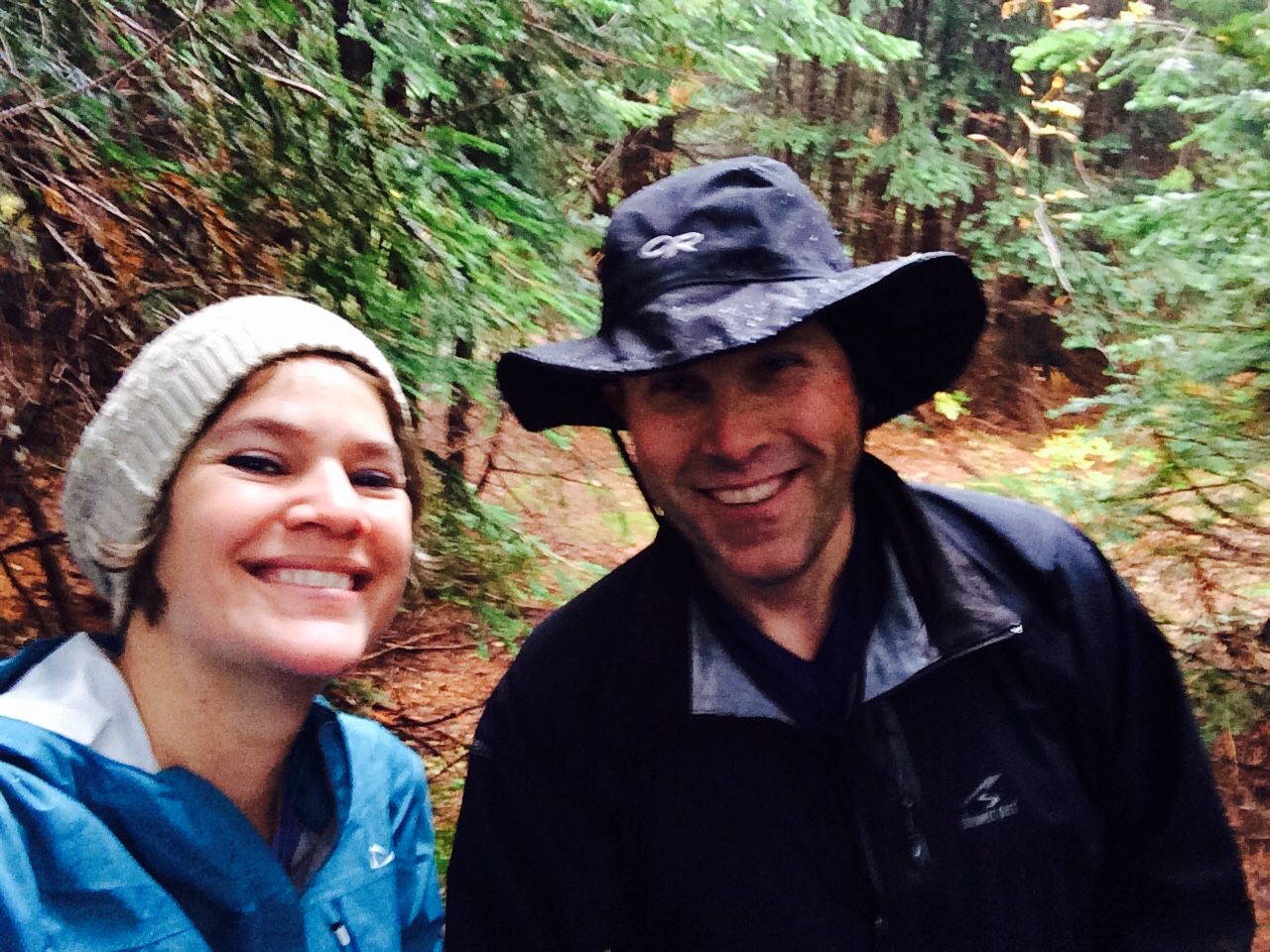
Washington’s Geology / Earthcache Fizzy Challenge these are separate challenges that involve finding earth caches, “virtual” caches that provide an earth science lesson through visiting a unique geological feature. These are among my favorite. The first one was simply finding 52 earth caches in Washington State.
The “Fizzy” is named after a geocacher “FizzyMagic” (David Knapp) who started the challenge of finding a cache with every difficulty and terrain combination. Since this is a specific type of cache, not all of the combinations are readily available. In fact, most earth caches are usually a 1/1. What I liked about this challenge is it took me to diverse areas of the country:
- Geology of Marshall Mesa (1/3), Old Kiln Trail (1.0/3.5), Geology along the Trails West of NCAR (2/2.5) – what could be more fun than a well-documented, self-guided tour from a retired geology professor? Three of them! I was doing a barnstorming tour of visiting customers. I arranged a stopover in Denver for the weekend to do these.
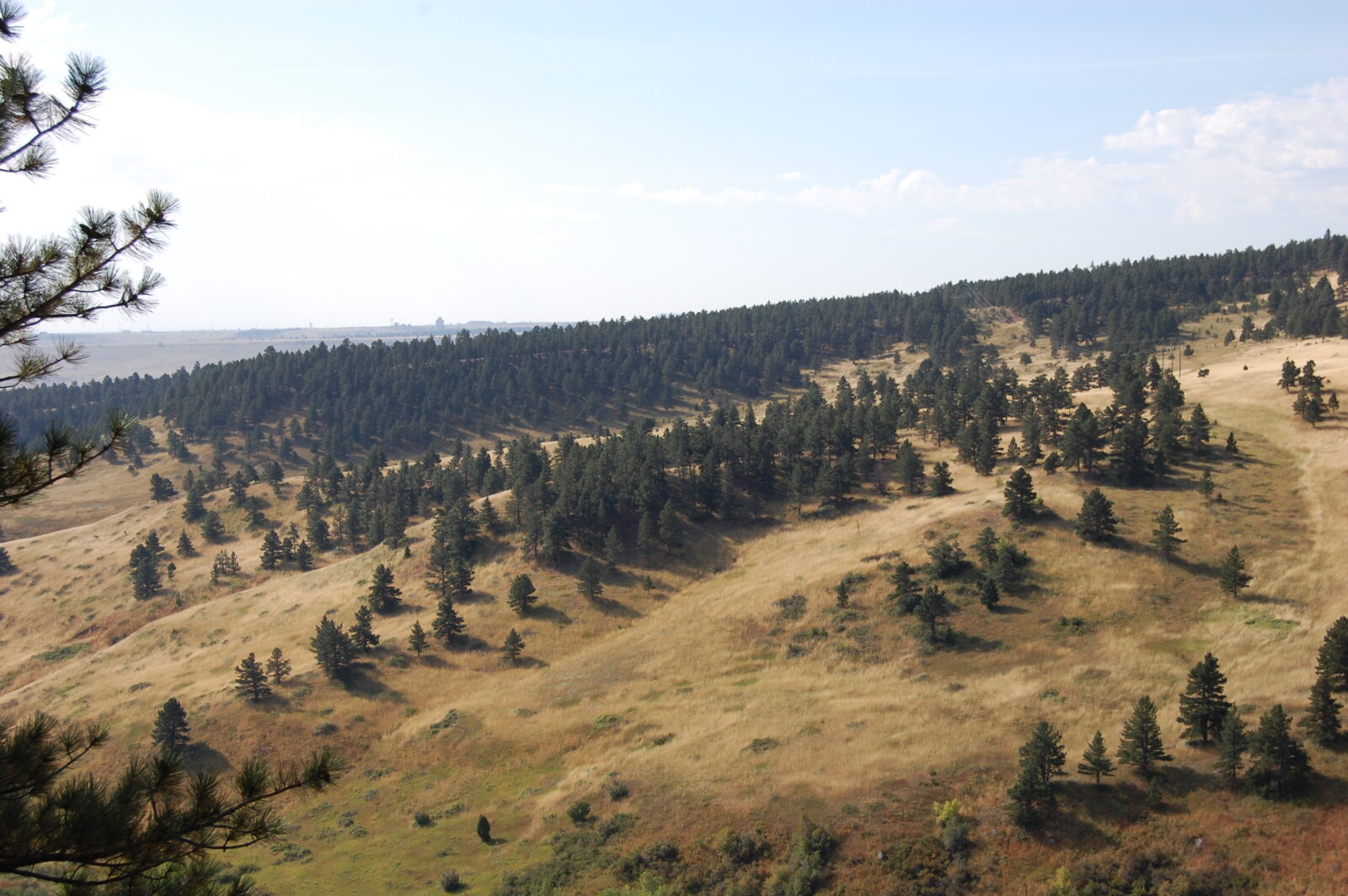
- Pictured Rocks from Lake Superior – this one required access to a boat, but was a fantastic evening tour (4.5/5) of a beautiful landscape.
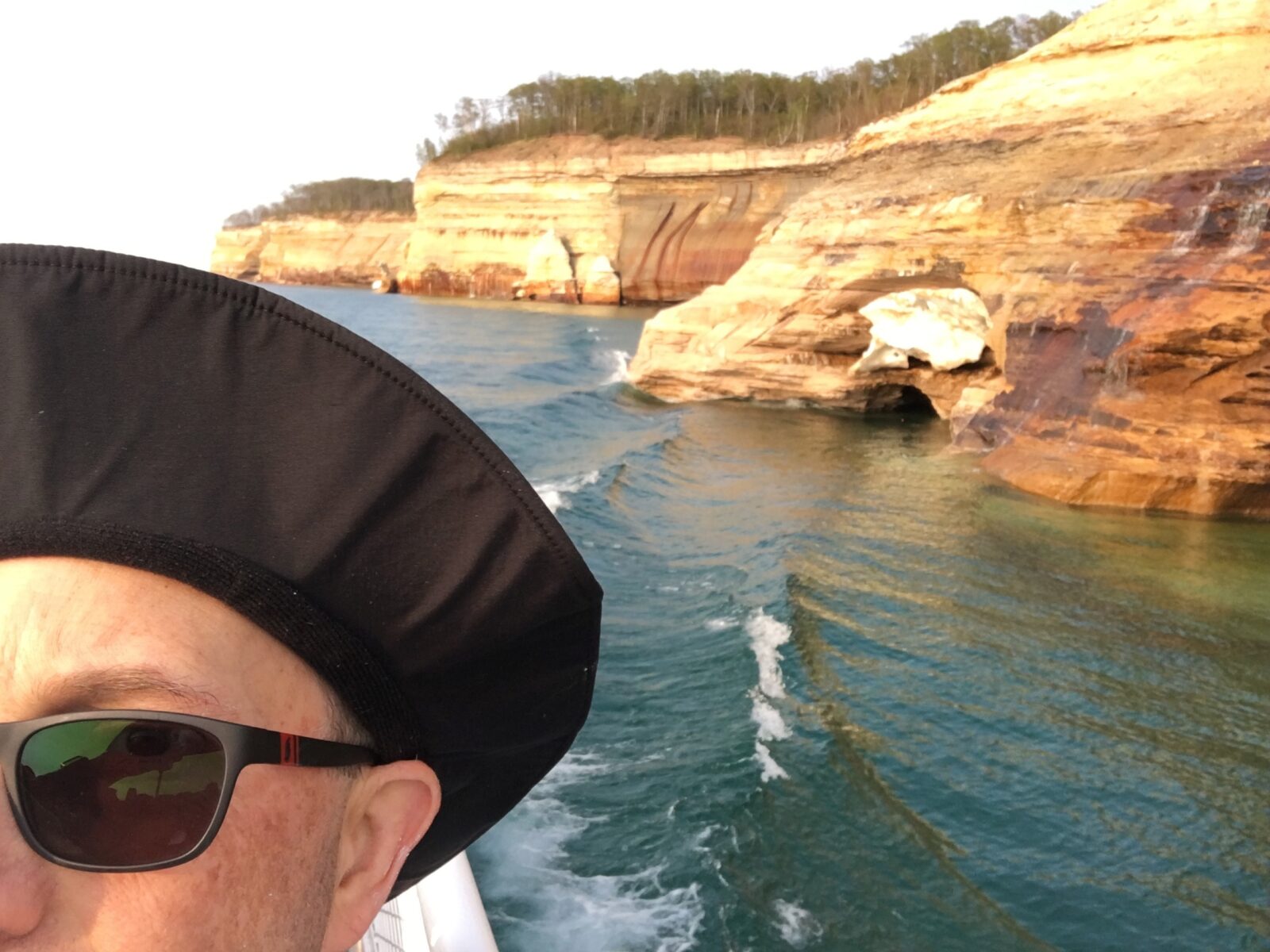
- The Devil’s Den – in Gettysburg National Military Park.
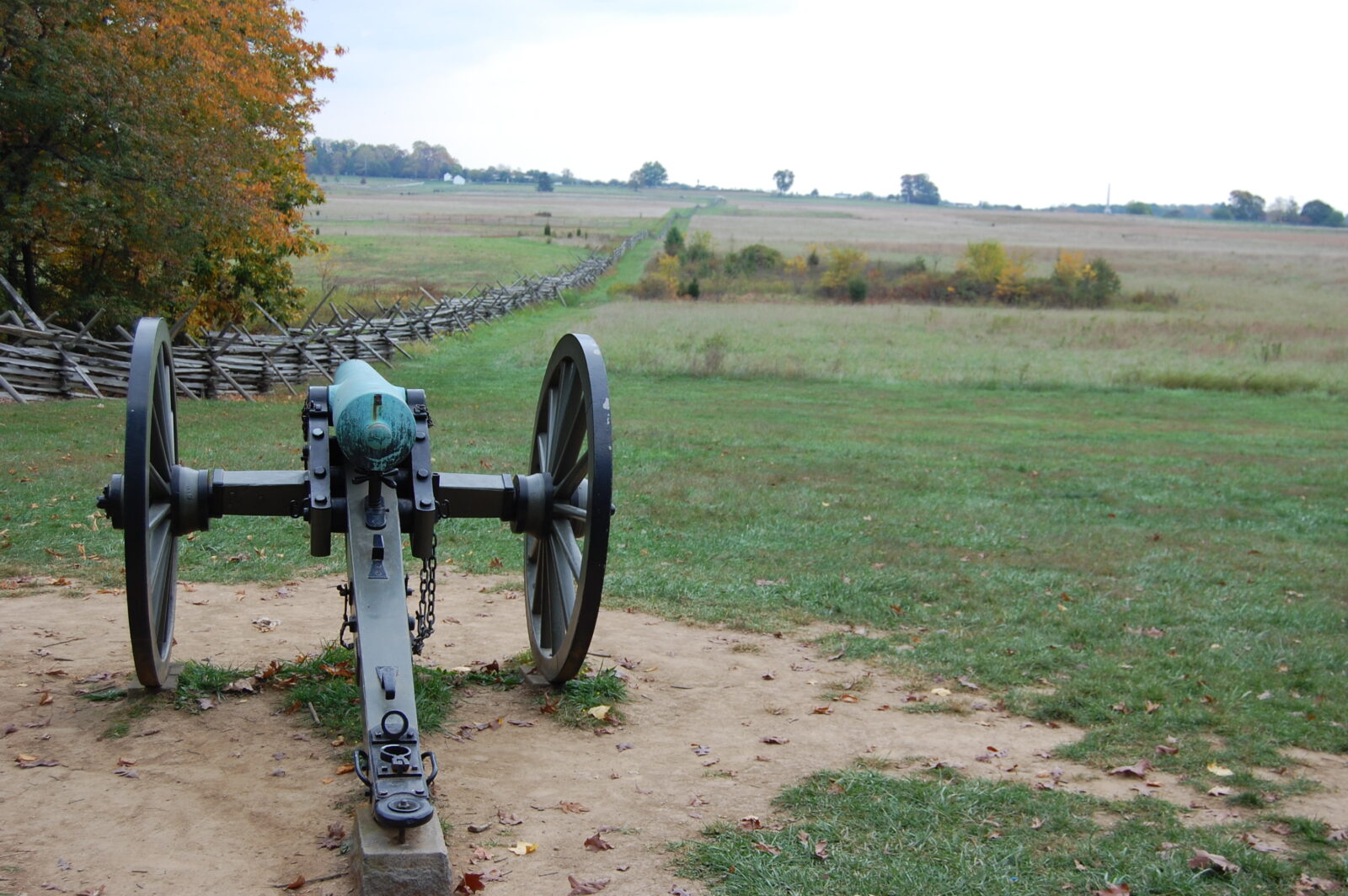
- Zion Narrows – Zion National Park, Utah (1/2)
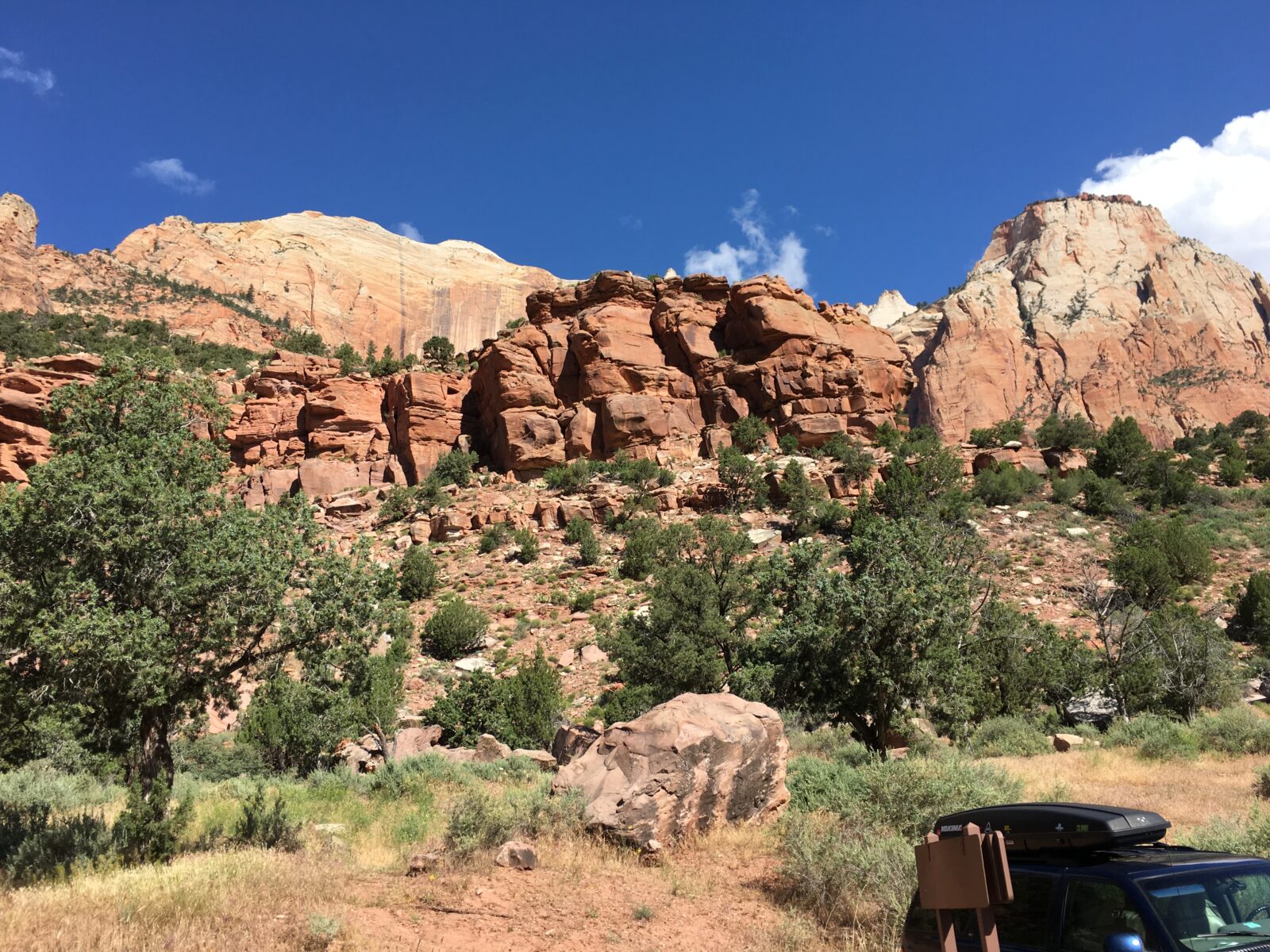
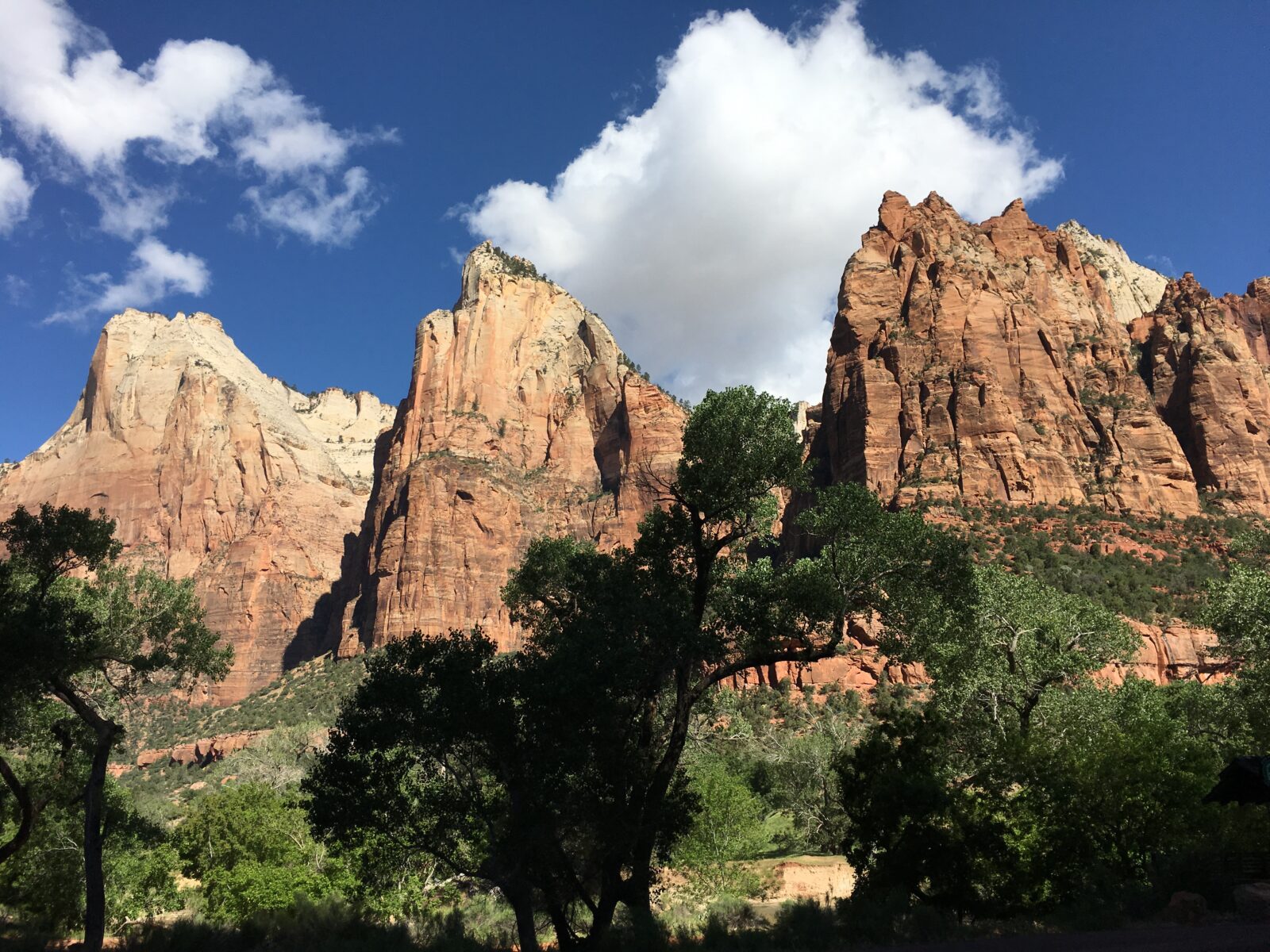
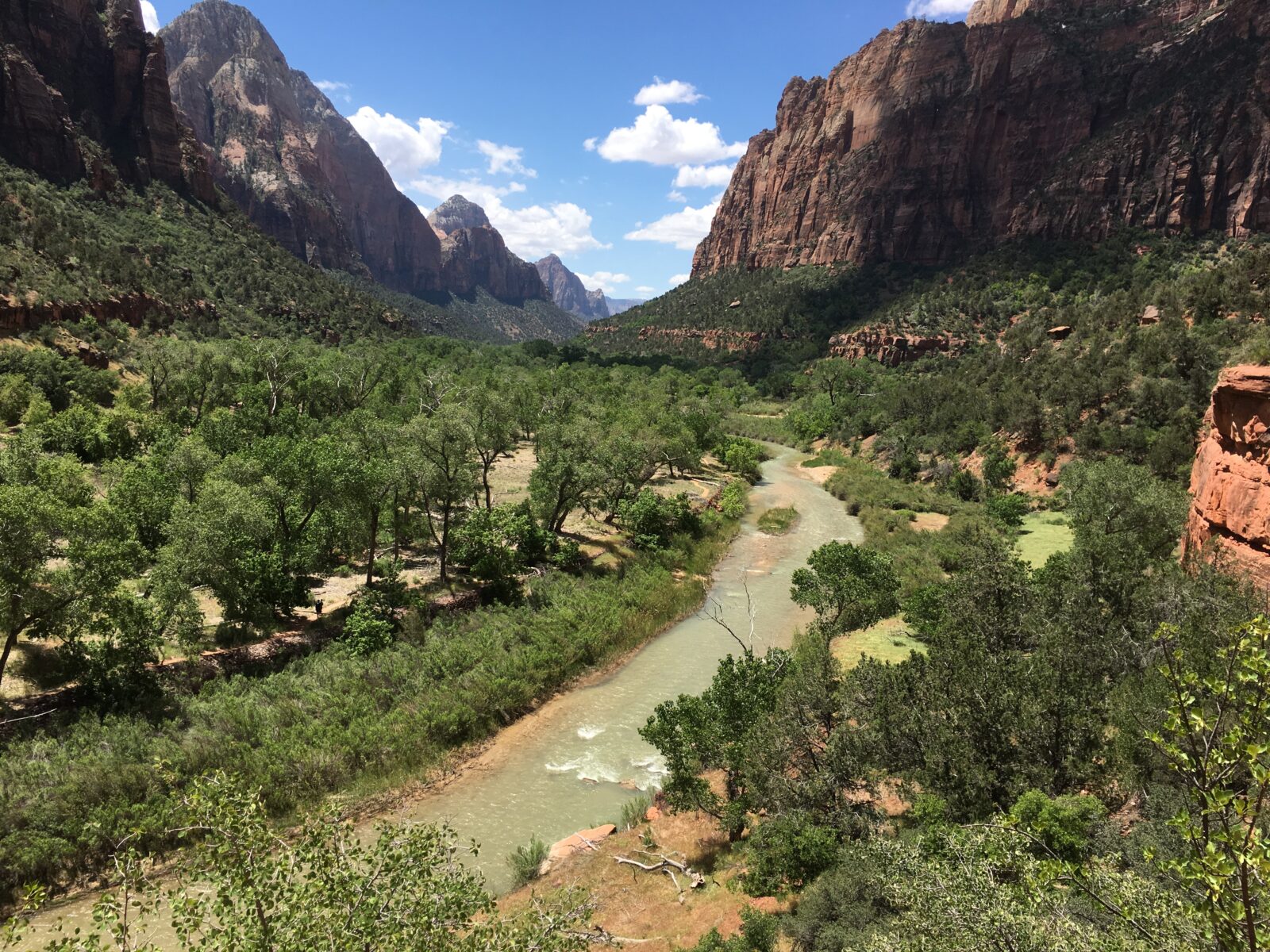
- Delicate Arch – Arches National Park, Utah (1/3.5)
- Barringer Crater – Winslow, Arizona. (1/1) And yes, after tour we found ourselves…
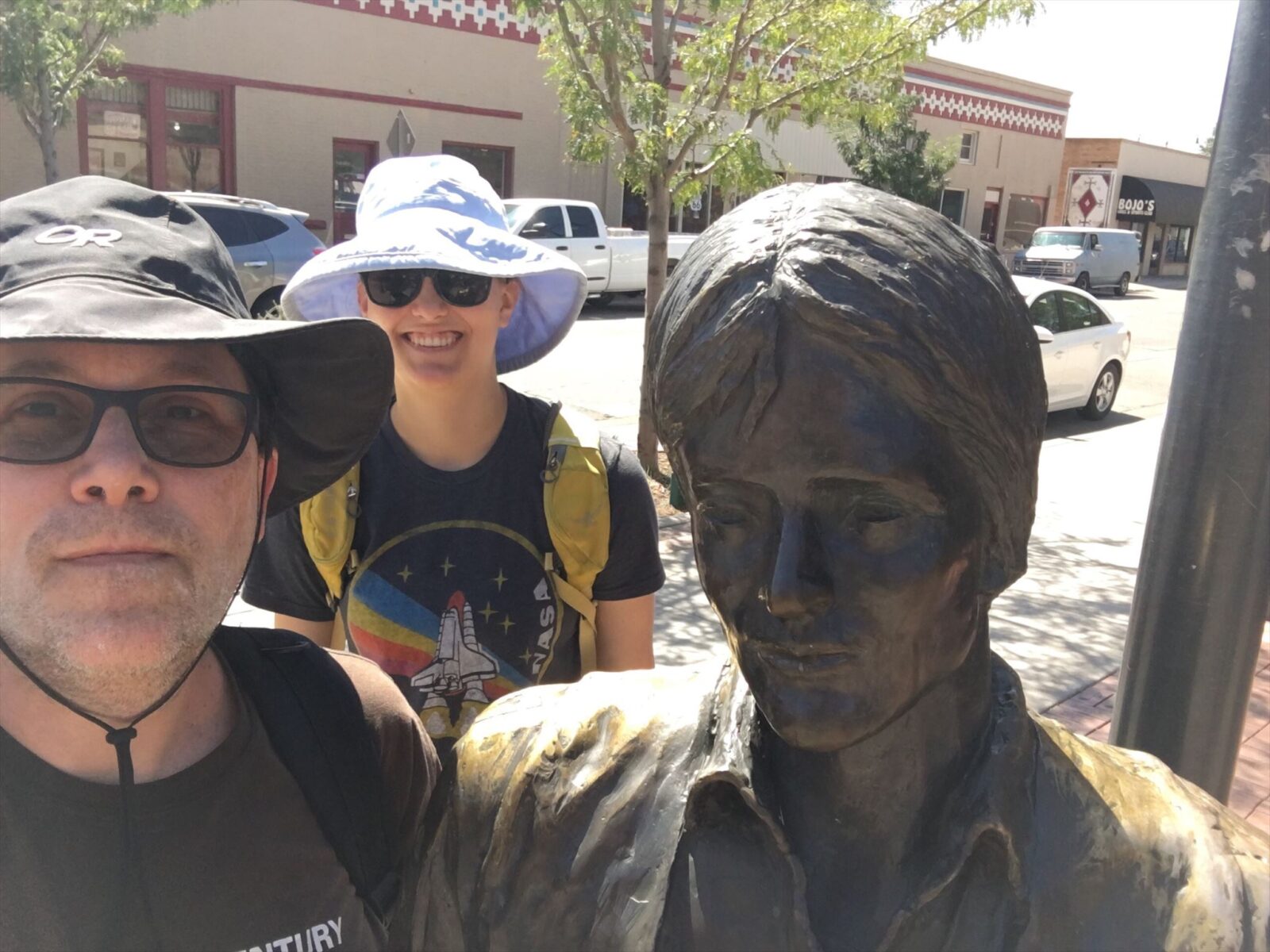
- Point at Harper’s Ferry (1.5/1.5) and Great Falls Maryland – Olmstead Island – I was on an 8-day bike trip from Philadelphia to Washington, D.C., and this two-fer presented itself along the penultimate day. The first was crossing a narrow bridge into West Virginia. Really should have just locked my bike up and walked across, but nooooo, I gotta be me. The second was a park that I’d visited in 2009. The C+O towpath, connecting the two, is a deliciously-flat, dirt road for pedestrian and bicycle traffic. Having these specific spots reminds me to get off the bike and see the area more.

Since I’ve gotten into ham radio, I’ve noticed these similar types of challenges exist, though aren’t as physically rigorous requirement (usually) since you’re (usually) sitting somewhere with a radio. They’re also a little less creative in variety.
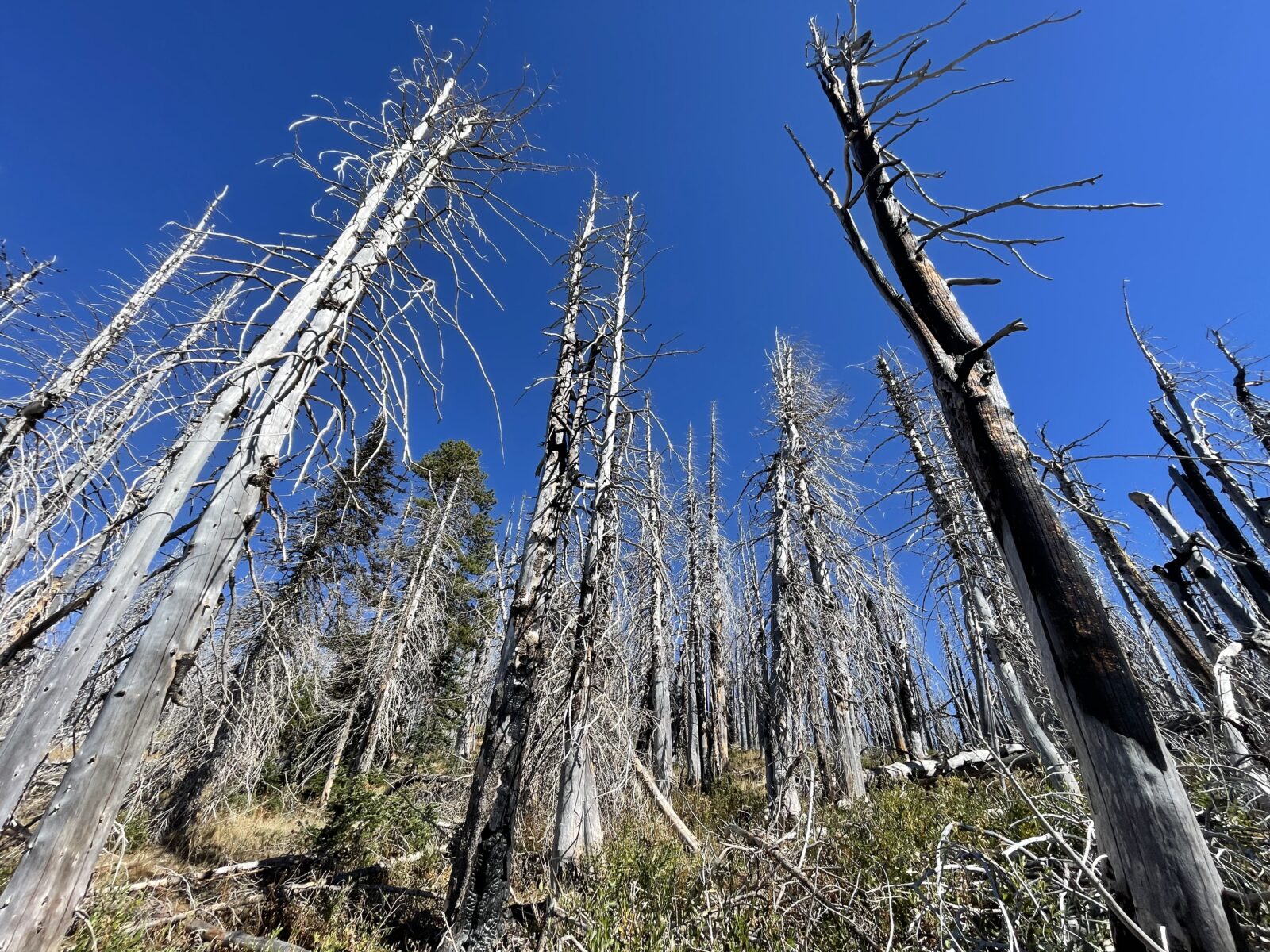
One of the first ones I completed was “Worked All States.” This is, as you might guess, making an acknowledged two-way radio contact with another operator in each of the 50 U.S. States. The “acknowledged” part of the contact means you and the other operator both send corroborated notes to ARRL’s Logbook of the Web (LOTW) that a contact happened.
When I started using radio in earnest, I was primarily on digital modes using FT8. Old-time hams love to hate on it, but if you’re (a) a new ham, (b) during the low part of the solar cycle and (c) live in an HOA (Homeowner Association)-restricted area, (d) only have access to a modest 10W radio, and (e) don’t know Morse Code yet, this was a gateway to amateur radio.
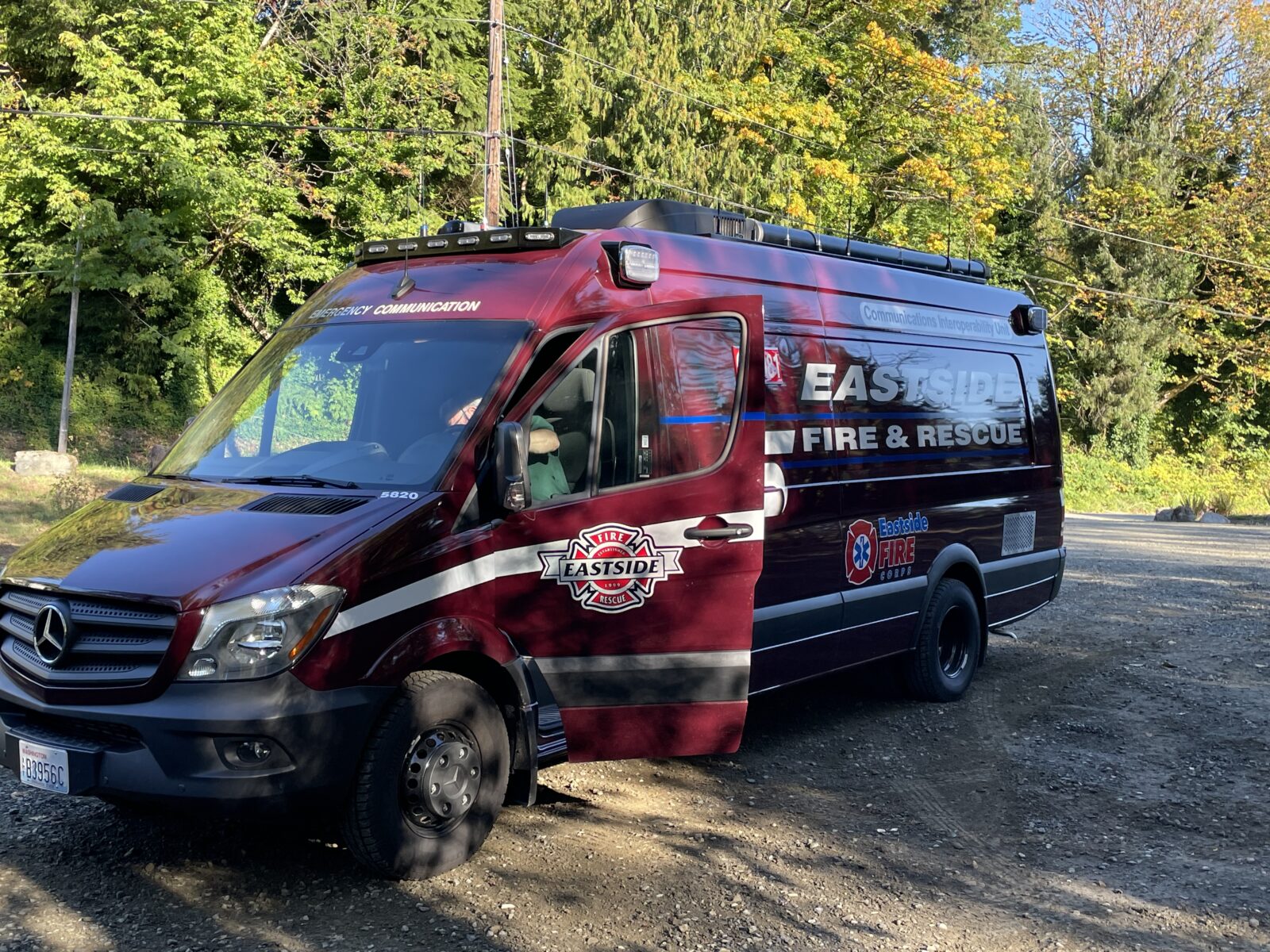
The Worked All States digital modes (FT8, really) took me about six months to complete. The mode was still relatively new, and at that time, I had ~10 watts of power. The chart below is a rear-ward looking view, which makes those contacts appear faster even though the last few took upwards of a year. So, cool.
About a year later, I was motivated to learn Morse Code (I have to remind myself that Mastodon uses this CW to mean “Content Warning”). It took me a while to learn how to use my radio comfortably enough to get on the air, but once on, I was making steady progress. The last five states (WY, SD, ME, DE and RI) took the longest due to geographical limitations and the fewer hams there when I was on.
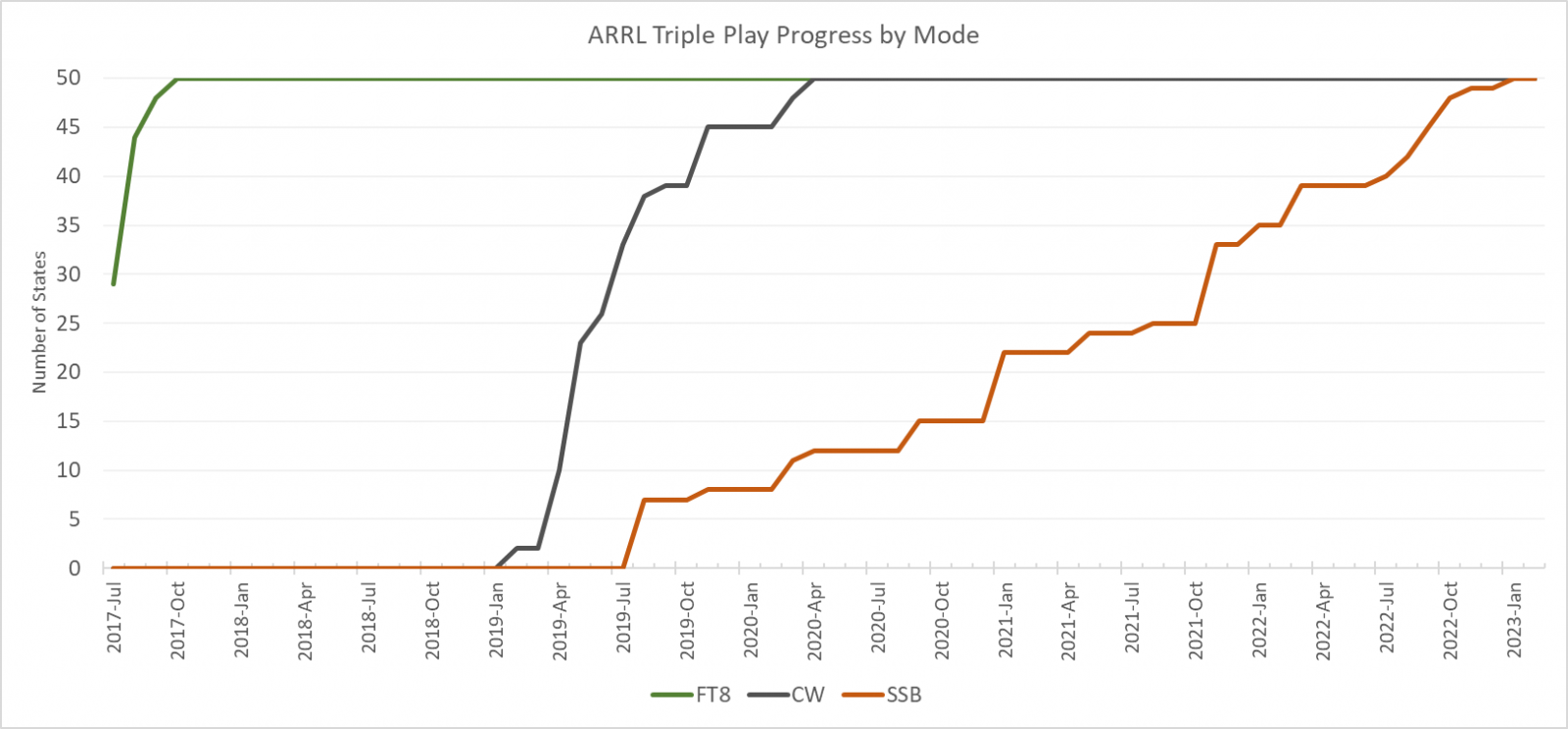
Completing the CW version of Worked All States felt like a serious accomplishment. Then I discovered ARRL’s “Triple Play,” where one has confirmed contacts in all 50 states in three different ways: digital (done), CW (now done) and phone (uh-oh).
Making actual voice contacts on-air presented the challenges above, plus I was having a hard time getting into it. One of the biggest annoyances was the non-standard phonetics. When I learned to fly, the NATO alphabet (Alpha, Beta, … Zulu) was standard. In ham radio, same thing. Except on SSB (phone), people get “cute” and make changes. Some of the ones I’ve heard, common in bold:
- A – America
- B – Boston
- C – Canada
- D – Denmark
- E – England
- F – France, Florida
- G – Germany, George
- H – Henry
- I – Italy
- J – Japan
- K – Kilowatt, King
- L – London, Lincoln
- M – Mexico
- N – Norway
- O – Ocean, Ontario
- P – Pacific, Peter
- Q – Queen
- R – Radio
- S – Sugar
- T – Tokyo
- U – United
- V – Victoria
- W – William
- Z – Zed, Zanzibar


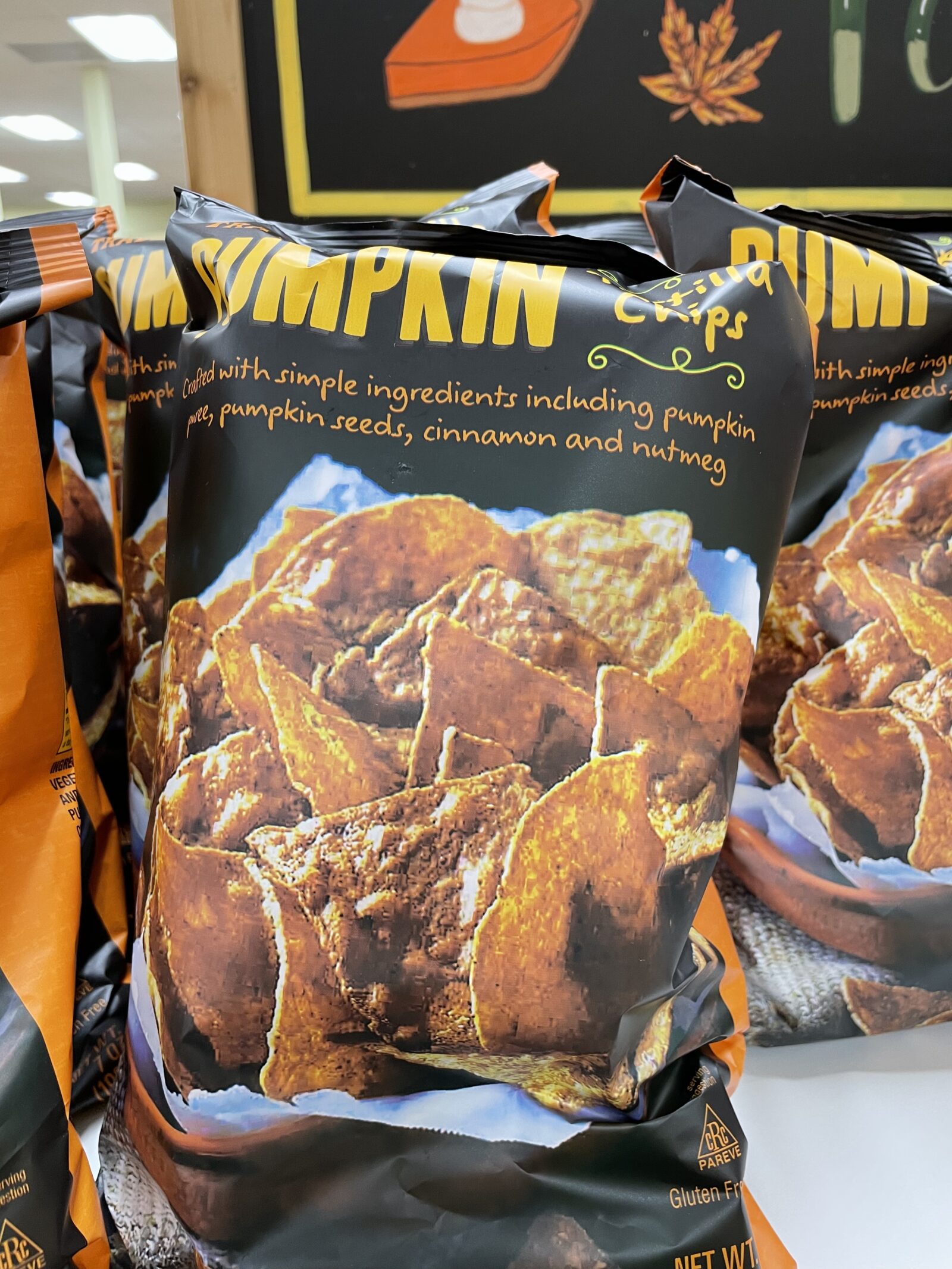



I bit the bullet and started working contacts I could find on contests, as well as scoping out Parks on the Air. While this helped target my effort, I found that it took an average of 10-15 contacts to a state before success. More often than not, POTA activators simply don’t confirm on LOTW. Or, when they did, and it was someone visiting a park (like I did last September), they hadn’t correctly configured TQSL used by LoTW for processing).
Two other things that did help: 1) Getting a new radio. The Elecraft K4D could do 100W output, was better at filtering signals, and introduced audio compression that made it easier to be heard at a particular power. Then late last year 2) Added an amplifier to get me up to 500W of transmit power.
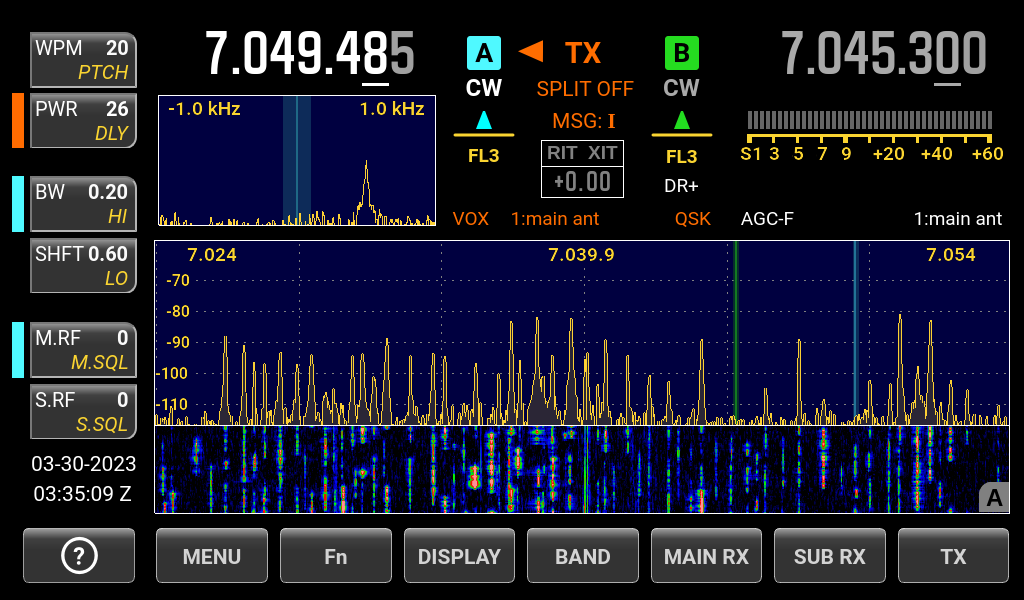
The downsides of this was more power resulted in more radio frequency interference (RFI) from my end-fed antenna system. To deal with this, I moved my system to the corner of the house, added a grounding plate, and wound dependent lines around toroids. That worked great on CW and FT8. On SSB, I’d have no issues at or below 20m, but soon as I tried working 17m, 15m or higher, I’d experience a weird fluttering that severely distorted my signal.
It only occurred on SSB, when audio compression was on, and I was working >20m. Ultimately, the problem was RFI coming into the microphone when I transmitted SSB. A few other owners have noticed that the front connector is not as isolated as it could be, and if one has an end-fed (antenna of choice in an HOA), more problems ensue. The remedy was to wrap both headset inputs around a pair of toroids. It’s kind of awkward because of how much it reduces the headset cord length, but it was enough to be able to use 15m and 10m during peak sunspot activity.
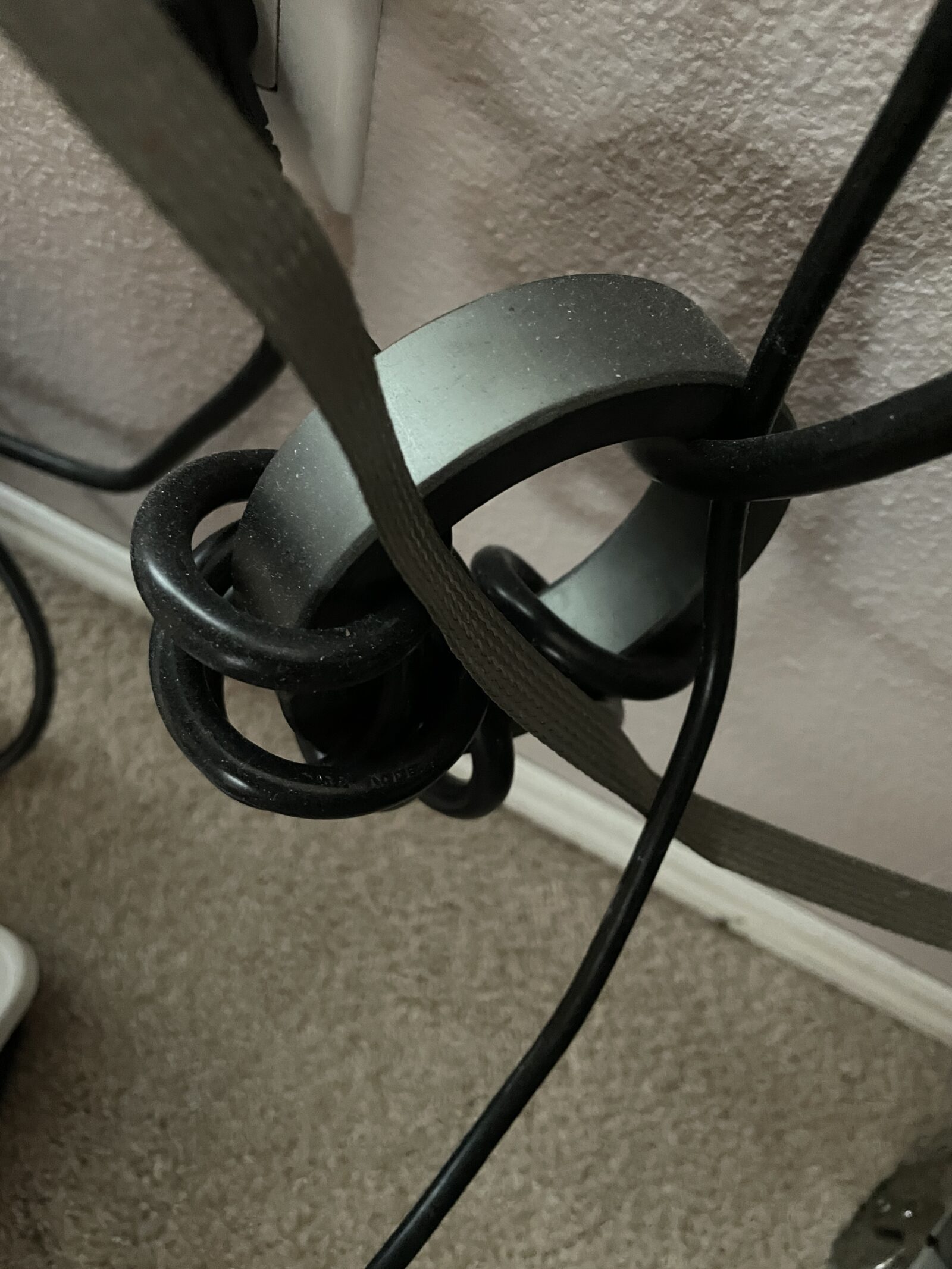
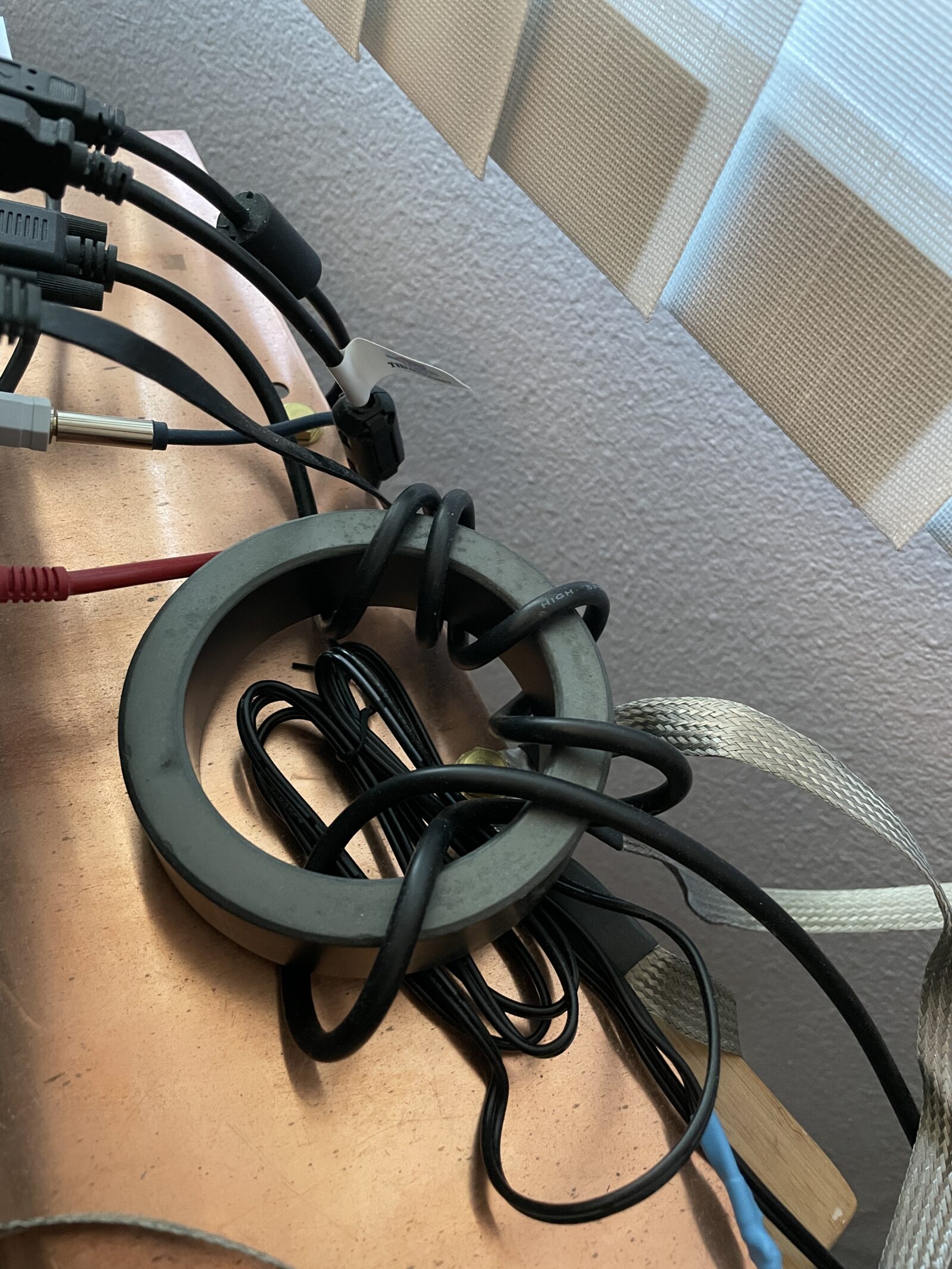
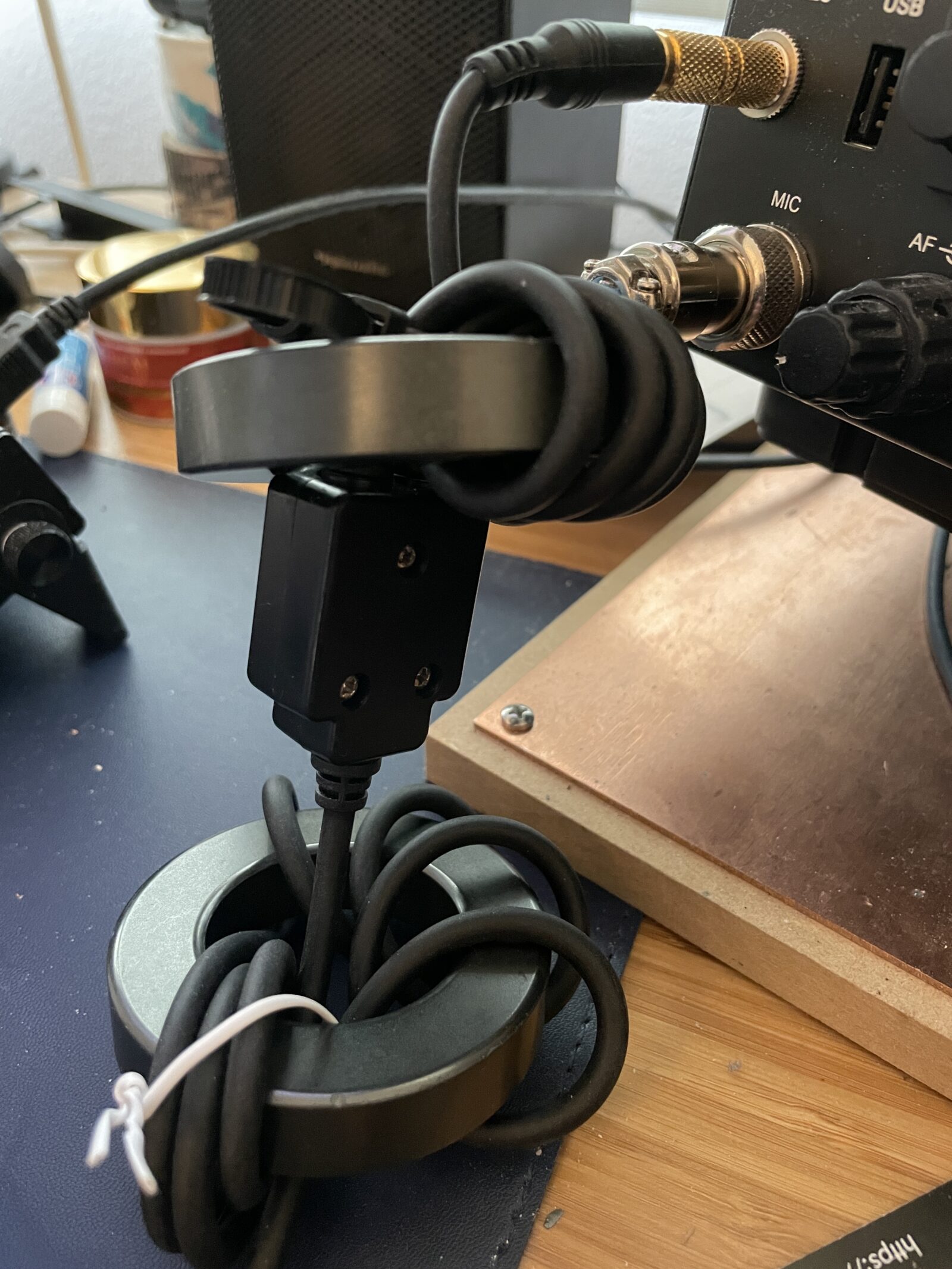
My last two states were Maine (which is ironic considering I activated there) and Vermont. On a cold February morning, I’d received two confirmations by each. That evening, I sent my fee & application into the ARRL. A week later, a plaque arrived:
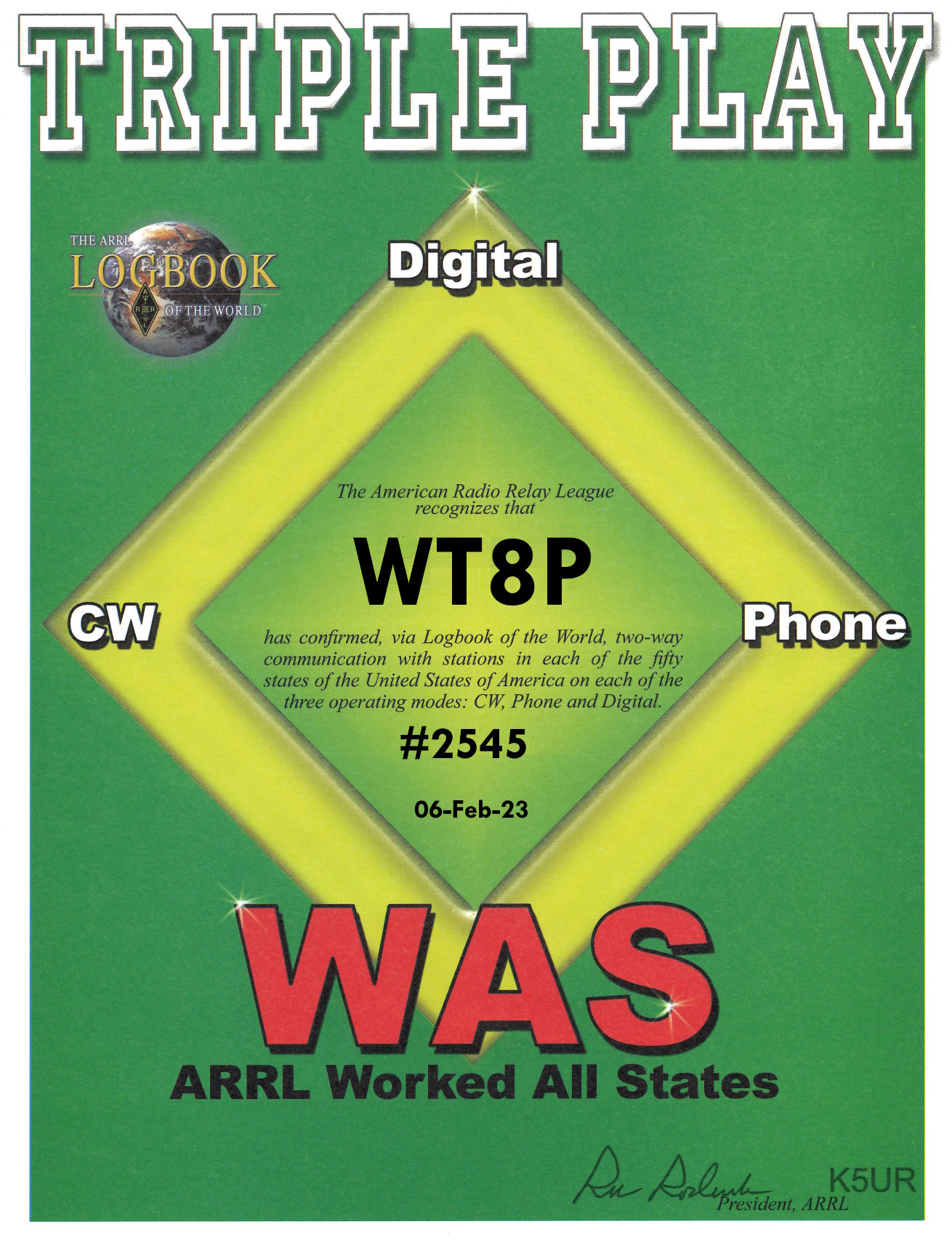
Since hitting the milestone, I’ve been on SSB a lot less and CW a lot more. I’d say my next challenge is to reach 100 “DX entities” on CW. A DX entity is like a country, except Alaska and Hawaii count as separate entities. As I type, I’m currently at 84 with the recent addition of Israel and Morocco. Phone is at around 46. for digital (done), CW (currently at 84), and phone (now at 46).
